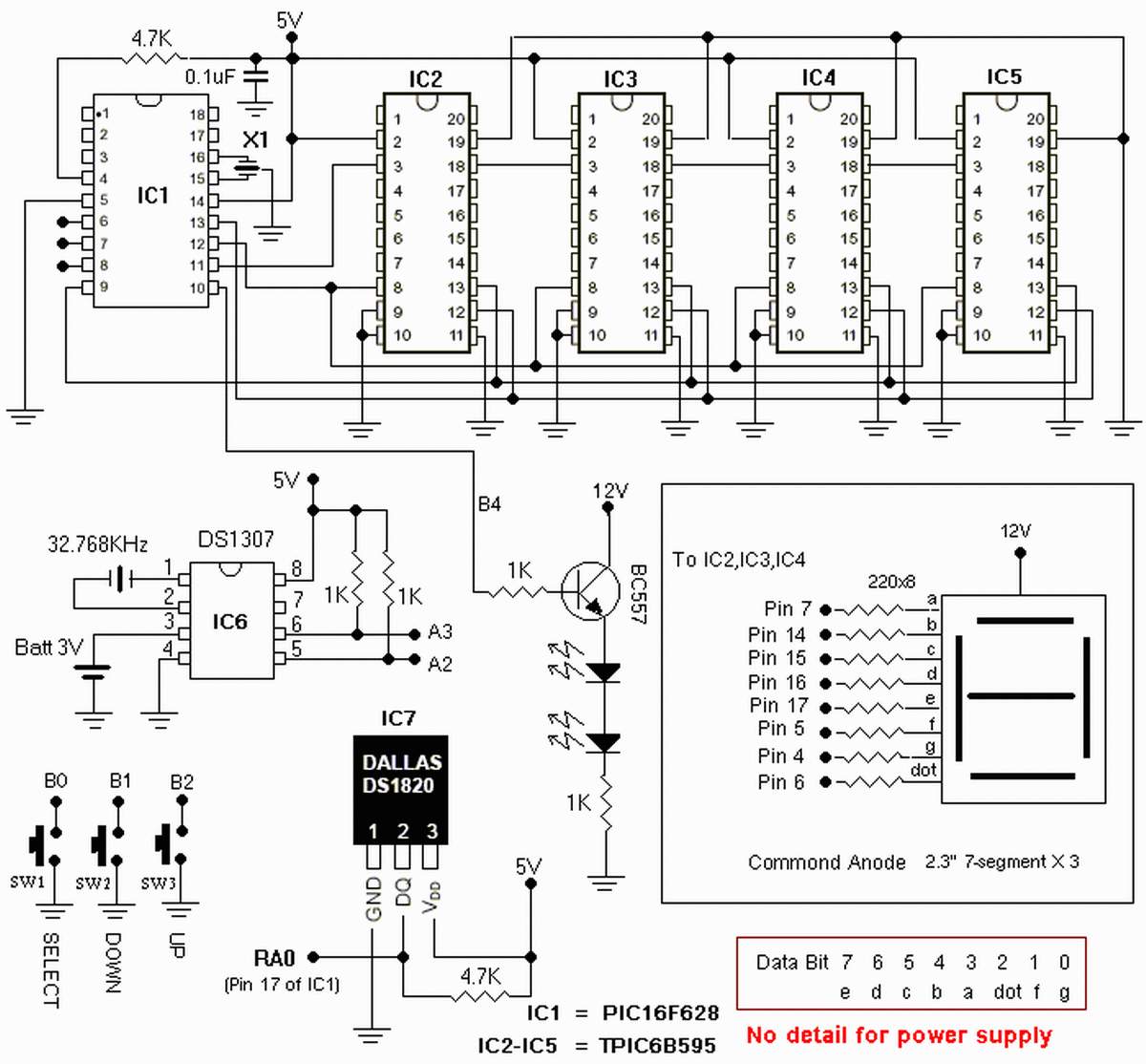
Simple Car Parking Sensor circuit

The car parking sensor circuit utilizes a photodiode as the distance sensor. It measures the distance between adjacent sensors.
The car parking sensor circuit employs photodiodes to detect the proximity of obstacles, enhancing parking safety and convenience. Photodiodes are semiconductor devices that convert light into an electrical current. In this circuit, they are strategically placed to measure the distance to nearby objects, such as other vehicles or barriers.
The operation of the circuit is based on the principle of light reflection. When an object enters the detection zone of the sensor, it reflects light back to the photodiode. The intensity of the reflected light correlates with the distance of the object; closer objects reflect more light, while those further away reflect less. The circuit processes this information to determine the distance between the vehicle and the detected object.
The design typically includes multiple photodiodes arranged in a linear or grid pattern, allowing for a wider detection area. Each photodiode is connected to a microcontroller or comparator circuit that interprets the signals received. The output can be used to activate visual or auditory alerts, such as LED indicators or beeping sounds, to inform the driver of the proximity of obstacles.
To ensure accuracy, the circuit may incorporate calibration routines that adjust the sensitivity of the photodiodes based on environmental conditions, such as ambient light levels. Additionally, the distance measurement can be fine-tuned by adjusting the placement of the sensors, ensuring optimal performance in various parking scenarios.
Overall, the car parking sensor circuit is a practical application of photodiode technology, providing a reliable solution for enhancing vehicle safety during parking maneuvers.car parking sensor circuit takes advantage of the photodiode as the sensor distance. The distance between adjacent sensors. 🔗 External reference
The car parking sensor circuit employs photodiodes to detect the proximity of obstacles, enhancing parking safety and convenience. Photodiodes are semiconductor devices that convert light into an electrical current. In this circuit, they are strategically placed to measure the distance to nearby objects, such as other vehicles or barriers.
The operation of the circuit is based on the principle of light reflection. When an object enters the detection zone of the sensor, it reflects light back to the photodiode. The intensity of the reflected light correlates with the distance of the object; closer objects reflect more light, while those further away reflect less. The circuit processes this information to determine the distance between the vehicle and the detected object.
The design typically includes multiple photodiodes arranged in a linear or grid pattern, allowing for a wider detection area. Each photodiode is connected to a microcontroller or comparator circuit that interprets the signals received. The output can be used to activate visual or auditory alerts, such as LED indicators or beeping sounds, to inform the driver of the proximity of obstacles.
To ensure accuracy, the circuit may incorporate calibration routines that adjust the sensitivity of the photodiodes based on environmental conditions, such as ambient light levels. Additionally, the distance measurement can be fine-tuned by adjusting the placement of the sensors, ensuring optimal performance in various parking scenarios.
Overall, the car parking sensor circuit is a practical application of photodiode technology, providing a reliable solution for enhancing vehicle safety during parking maneuvers.car parking sensor circuit takes advantage of the photodiode as the sensor distance. The distance between adjacent sensors. 🔗 External reference





